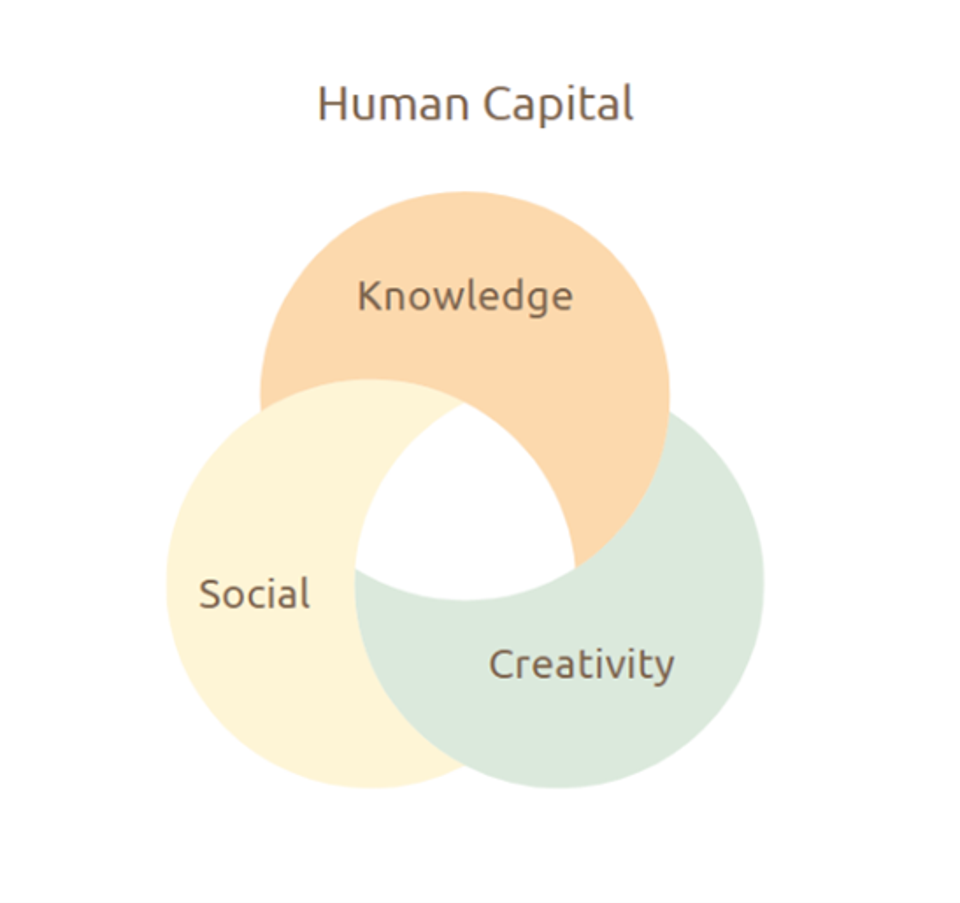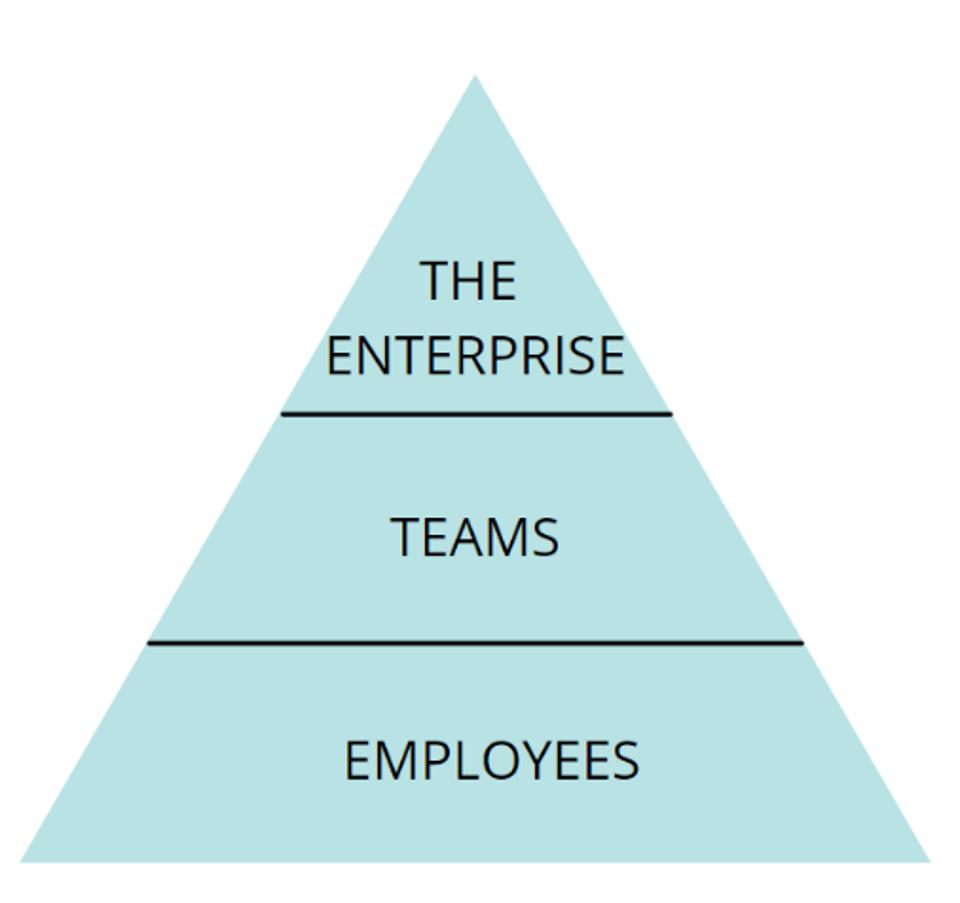As the conversation around “return to work” continues and companies such as Twitter and JPMorgan make headlines for their respective approaches, companies must not lose sight of the task at hand: critical decisions must be made about the long-term health, competitiveness, and vitality of the enterprise — truly, the future of work.
If we go back in time pre-pandemic, many companies were already on the path to some amount of distributed virtual work. Some teams were already working remotely, some functions already outsourced, many parts of your organizations were working from home on Fridays and work partially remote in the summer.
However, this crisis has accelerated distributed work and brought into discussion if we have been effective and productive in this virtual environment.
There are lots of ways to measure productivity some of the traditional ways if you are a manufacturing company is units produced, if you are call services center then it’s number of calls handled, if you are a software company it’s lines of code and new patents or the traditional measure of dollars over headcount.
The human capital component (our employees) of the enterprise is categorized as an intangible asset that encompasses the economic value of the experience and skills of your employees. The foundational building blocks of a healthy and robust human capital layer are the depth of knowledge of your employees, the creativity they bring to problem solving new product ideation and the social fabric of the teams that allows for open debate and discussion to arrive at the best possible outcomes.

At the heart of productivity for our knowledge workers the question is: are they really taking our companies forward and do we ideate and create as well in isolation as we do when we are together? We know we transact work assignments efficiently.
The most difficult and high leverage thing a company does is to innovate and create a new product, service, or way of going to market and delighting customers by taking steps and friction out of our whole offering. The hard things that we have found more challenging in a distributed environment have been identifying and analyzing a problem and quickly resolving the problem and creating new, inspired, unique offerings.
As Steve Jobs says, the best ideas came to him when he was walking down the hallway to the water cooler and ran into someone who by serendipity sparked a new idea.
The framework for creativity that we have had has been to come together in person to bounce ideas off each other, iterate on those ideas, spark each other’s thinking, and have that live debate and sparring where the energy escalates, and the output is something special and unique concepts are created. I think most of us would agree that this has been hard to replace in a virtual environment.
However, last year’s experiment has not been without learnings and valuable insights. We found that we can automate many processes we never thought possible. We compressed our digital transformation by three to five years. We brought things online. We went direct to our consumers and we automated repetitive tasks embedding AI and new business process flows, robotic process automation.
In fact, when we go back and do the forensic it wouldn’t be surprising that perhaps now, we have a layer of fat in our company of legacy processes that are no longer relevant where the “check the checkers” and data aggregation functions layer can be removed and some employees reassigned.
There have been many tools that have allowed us to work more effectively in a virtual world from Slack and Mural to great tools from Microsoft MSFT -0.4% to see how much screen time we are spending and how many chats we are having to help assess and engagement and help facilitate collaboration. We also have a series of HR tools that have allowed us to feel the pulse and check the sentiment and psychic health of our workforce.
But in the end, we all need to make the decision of what is best for each of our companies and industries. The model of what works great for a Twitter or a Facebook, does not necessarily apply to a manufacturing production company or a strategy services company.
We hear our leading financial services institutions such as Goldman Sachs GS -2.4% and JP Morgan JPM -1.7% say they are an apprenticeship culture, and they feel the most effective way to pass these learnings and culture on is to work side by side with colleagues and truly train them in person.
If we think about it, I am not sure how the apprenticeship model is very different that the essence of what good management is. Great managers lead their teams, set goals, coach, mentor, train and inspire the group to be cohesive and productive.
When we think about the conversation today, we have mostly been focused on the bottom of our pyramid the big foundational layer which is our human capital, our talent pool, our employees. We have heard in the popular press and every survey that employees are fatigued, they are stressed, they have lost their boarder between personal and business time and they feel anxious and overworked. Yet, of those same employees, many express that they prefer a hybrid environment returning to work.

Perhaps we should reverse the pyramid and ask ourselves first and foremost to look at the top layer of the pyramid which is the enterprise and ask ourselves what is truly best for the health and vibrancy of our enterprise? The middle layer are the Teams and how we function and create outcomes for the business via our teams i.e. the supply chain team, marketing team, the development team, etc. Let’s look at what metrics and systems have worked well in measuring the units of work or productive outputs from our team. Then look at the question of what is most effective for engaging our critical foundational layer, our employees.
Every company is going to need to plan and make one swiftly. The time has come to ask management to create a policy and review with the board and make the bold decision; making bold and sometimes difficult decisions is the essence of leadership.
If it is right for your business to stay 100% virtual or 100% return to in person or to be a blended hybrid model where people come into headquarters or hub locations. Each company has a unique culture and approach to answer the “return question” based on their values and mission. Whether everyone is asked to return in person, it will be up to the leadership team and the board to make sure we have clarity and transparency. We must inspire in a compelling way, explain how our vision of return to work is best for our corporation, for our teams, for our investors and for our employees.
We will need to have passion in articulating our vision and motivate our employees, igniting their engagement to return. We need to rebuild and reknit our social networks. We will be well served when we explain how the plan chosen enhances our employee’s professional growth. While there may be a noisy minority who may not be happy, that is the essence of great leadership which is making the right call of what is right for the enterprise, not just for now, but for the coming few years as this will set the stage for your return to work.
I know we have all thought long and hard about it and I am confident the great leaders of all companies will make the compelling case for their company’s unique answer to return to work now. The time is now to lead our companies forward!




